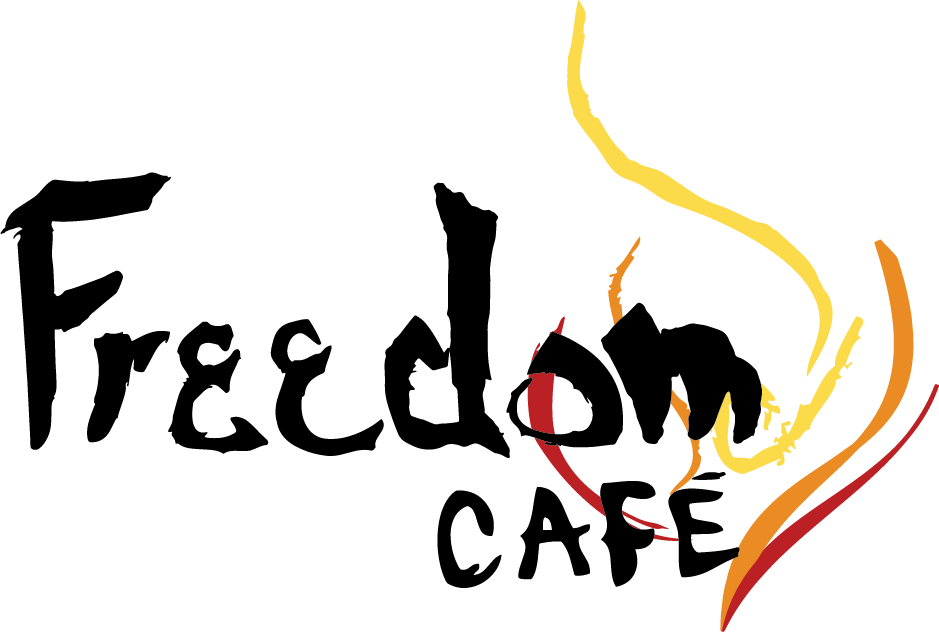Coffee
Coffee is one of the most consumed beverages in the world— Americans alone are estimated to drink about 517 million cups per day! Unfortunately, this high-volume industry is also plagued with unethical practices, which extend to many of the coffee products we see daily in grocery stores, cafés, and more. In 2021, The Bureau of International Labor Affairs (ILAB) reported evidence of child labor in coffee production in 17 countries, and evidence of forced labor in two of those.
How is it different than other trafficked goods?
From harvest to shipment, the production of coffee requires multiple onerous steps. Coffee fruits must be hand-picked off the trees, de-pulped to extract the seeds, and later sorted to remove defective beans. Around the world, farms in high-producing countries deceive, coerce, and even force adults and children into this labor for little to no pay. Some children may be sold to traffickers by impoverished families, and some may even agree to work voluntarily, but they all are likely to end up in the same position: often unpaid, with no means to return to their homes, and facing threats of physical violence or denial of food if they refuse to continue working.
What can I do to help?
If you are a coffee drinker, you can help reduce the prevalence of human trafficking by supporting companies that ethically source their goods and avoiding those that do not. Although coffee that is ethically produced and sourced may come at a bit of a higher price, this cost helps workers to earn a livable wage and small farms to earn more. When choosing your next brew, try checking for a Fairtrade or other certification seal on the packaging, or try a specialty brand committed to human rights and sustainability like Equal Exchange.
In 2014, Free2Work graded some of the most popular coffee brands on the extent to which they are equipped to deal with child labor and forced labor. Although some of these brands may have changed over time to better address human trafficking in their supply chains, this simple system can be a great launching point for thinking about where your coffee comes from. You can view some of the highlights in the infographic below, or view the full report on Free2Work’s website.



